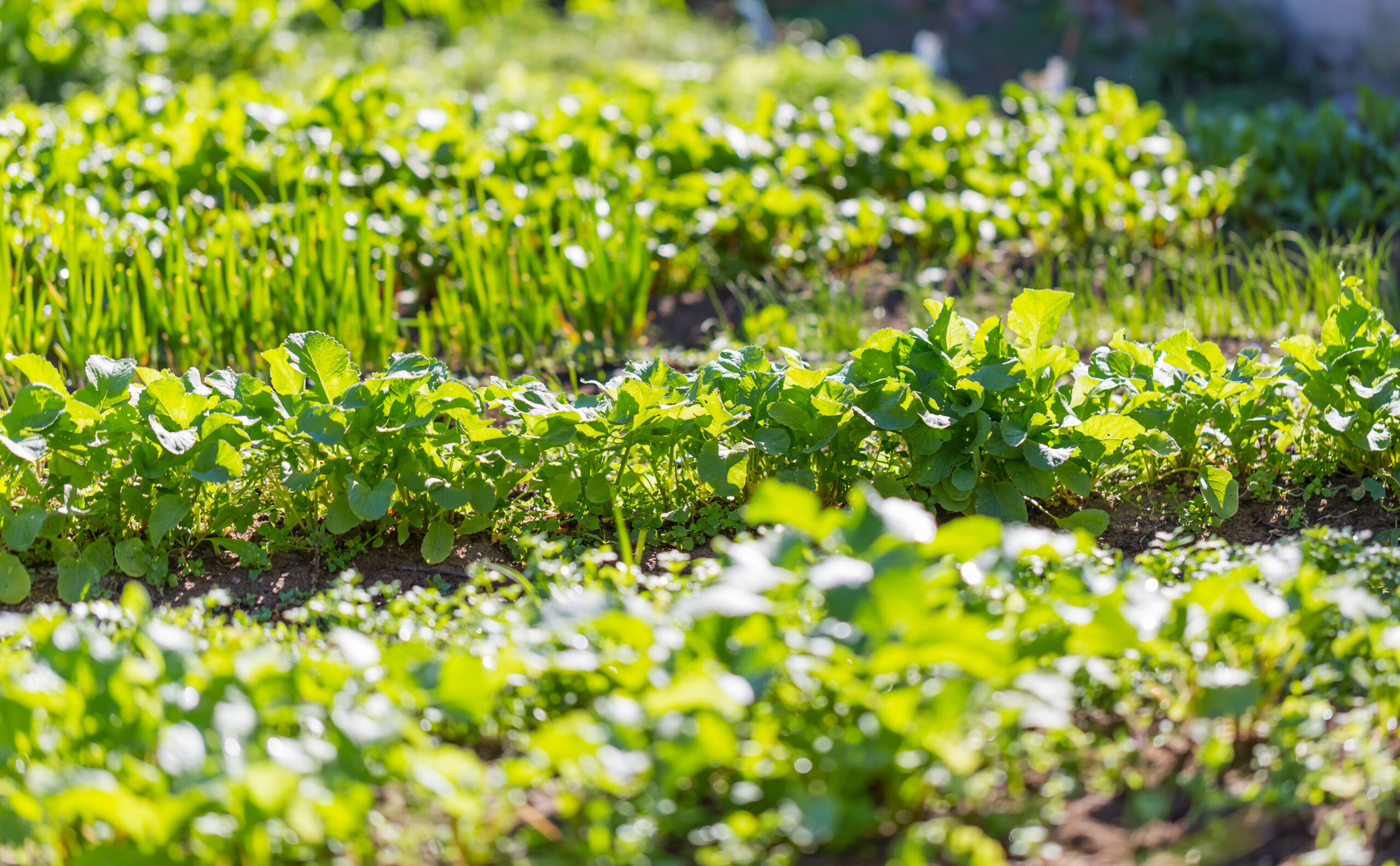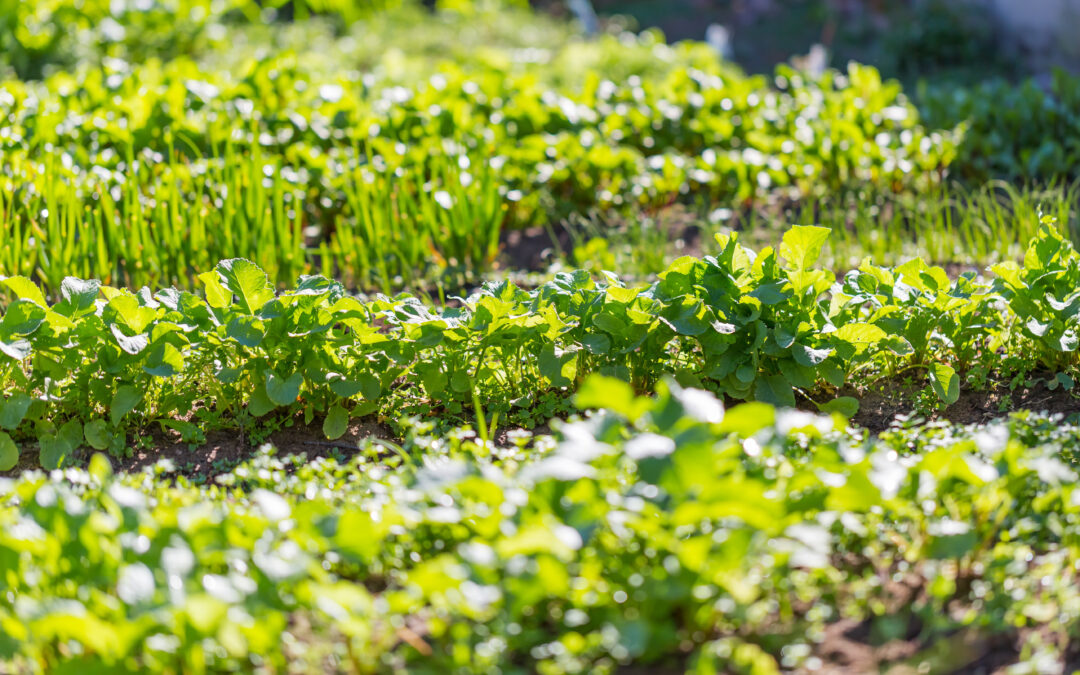Are you tired of buying produce that’s been picked too early, shipped long distances, or grown with pesticides? Do you want to know exactly where your food comes from and how it was grown? If so, home farming might be for you. In this article, we’ll cover the basics of setting up and maintaining a successful home farm.

Introduction to Home Farming
Home farming is becoming increasingly popular as people seek to take control of their food supply and live more sustainable lives. With just a small plot of land and some basic equipment, you can grow your own fruits, vegetables, herbs, and even raise chickens or other livestock. Best of all, home farming can be done on any scale – whether you have a large backyard or just a few containers on your balcony.
Choosing the Right Plants and Crops
The first step in home farming is choosing the right plants and crops to grow. Consider what you like to eat and what grows well in your area. Some popular choices include tomatoes, lettuce, spinach, radishes, green beans, and carrots. You may also want to consider planting perennials such as berries or fruit trees.
Soil Preparation and Maintenance
Once you’ve chosen your plants and crops, it’s time to prepare your soil. Start by removing any debris or weeds from your garden bed. Next, add compost or other organic matter to enrich the soil and improve drainage. You may also want to test your soil to ensure it has the proper nutrients for your plants.
Irrigation Systems and Water Management
One of the most important aspects of home farming is managing water effectively. Depending on your climate, you may need to water your plants daily or only once a week. Installing an irrigation system can help save time and reduce waste. Consider using drip irrigation or other efficient systems to conserve water.
Pest Control and Disease Prevention
No matter how carefully you tend your garden, you will eventually encounter pests and diseases. Learn to identify common problems such as aphids, slugs, and fungal diseases, and use natural methods to control them. For example, you can attract beneficial insects such as ladybugs and lacewings to your garden to help control pests.
Harvesting and Storage Techniques
When it’s time to harvest your crops, make sure to pick them at peak ripeness. Use clean tools and store your produce properly to extend its shelf life. For example, root vegetables such as potatoes and carrots should be stored in a cool, dark place, while leafy greens are best kept in the refrigerator.
The Benefits of Home Farming
There are many benefits to home farming beyond simply growing your own food. It can provide exercise, stress relief, and a sense of accomplishment. By growing your own food, you can also reduce your carbon footprint and support local ecosystems.
Common Mistakes to Avoid When Starting a Home Farm
Starting a home farm can be challenging, but there are several mistakes you can avoid. One common mistake is overplanting – resist the urge to fill every available space with plants. Another mistake is not providing enough sunlight or water for your plants. Finally, don’t forget to rotate your crops each year to prevent depletion of nutrients in the soil.
Resources for Beginner Home Farmers
If you’re new to home farming, there are plenty of resources available to help you get started. Check out books such as “The Vegetable Gardener’s Bible” by Edward C. Smith or join online communities such as the National Young Farmer’s Coalition. Your local extension office can also provide valuable information about growing conditions in your area.
Conclusion
In conclusion, home farming can be a rewarding and satisfying experience. Whether you’re looking to grow your own food or create a self-sufficient lifestyle, following these tips can help you set up and maintain a successful home farm.





